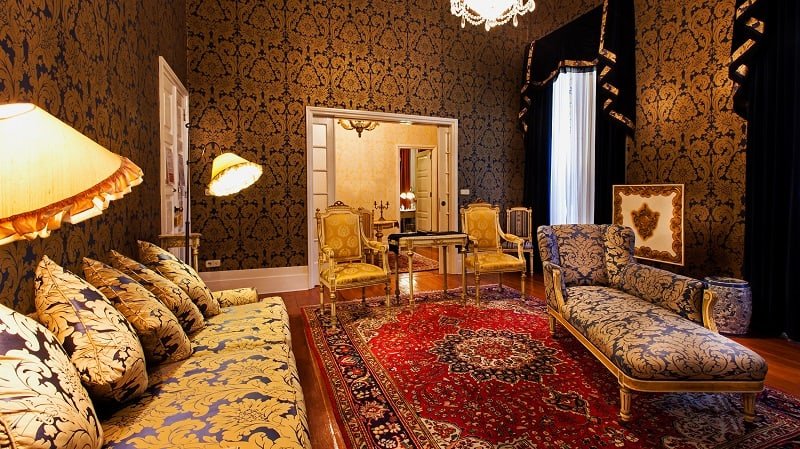When we think of Portugal, we immediately think of palaces, castles and incredible places, right? And when it comes to palaces, we remember the city of Sintra, close to Lisbon and which has a good number of options. But there are many palaces spread across the country and many of them are being restored to return to their glory days.
Some of these palaces were transformed into museums or cultural centers while others became luxury hotels. Don't miss the chance to discover these beautiful examples of Portuguese architecture and visiting them helps to preserve these beauties. Accept our invitation and discover five beautiful Portuguese Palaces, located in the interior of the country.
Brejoeira Palace (Monção)
The Palácio da Brejoeira is located about six kilometers from Monção, in the north of Portugal. It began to be built in the 18th century, in the neo-classical style and has huge and imposing halls, with paintings and frescoes, a good taste that is also reflected in the chapel. Over the years it passed through several owners, who carried out restoration work. Alvarinho wine has been produced on the palace grounds since 1977, the result of the merger of several properties in the region, which also produces pomace brandy.

The Palácio da Brejoeira is an L-shaped building, made up of three turrets and two vast openings that demonstrate the harmony of typical architecture from the beginning of the 19th century. Inside you can see several rooms that reveal the luxury of the time.
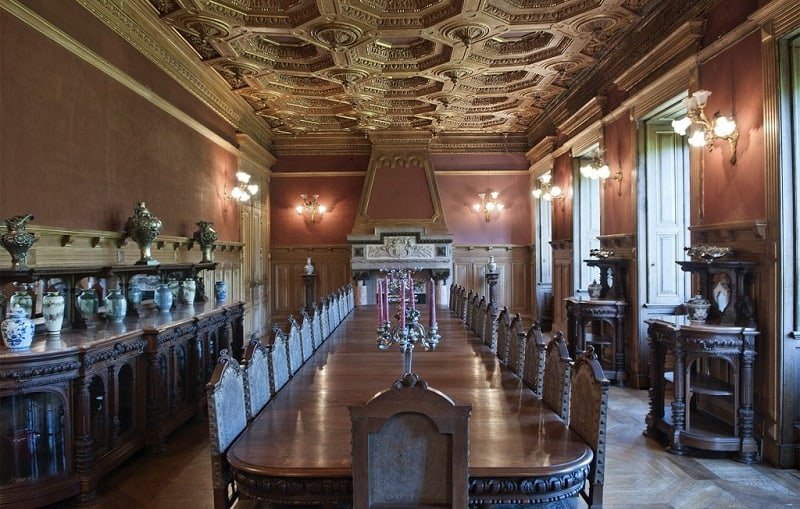
Vidago Palace (Chaves)
The Vidago Palace Hotel, located in the northern city of Chaves, was designed by King D. Carlos I who wanted to see the construction of a luxury therapeutic resort with international prominence. At the time, the waters of the town of Vidago were already considered to be of national interest. O Vidago Palace Hotel It was inaugurated in October 1910, the year in which the First Portuguese Republic was established.
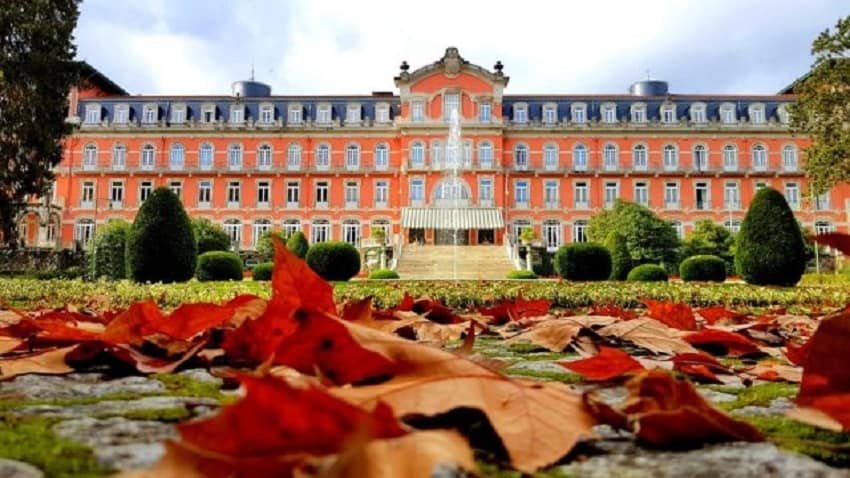
In the 50s and 60s, the fame of Vidago Palace Hotel intensified because of the famous parties organized at the hotel. The Vidago Palace Hotel closed in 2006 for restoration and reopened in 2010, one hundred years after its opening. This historic hotel acquires a new shine and once again plays an important role in the national hotel industry, with comfort and luxury criteria of the 21st century.
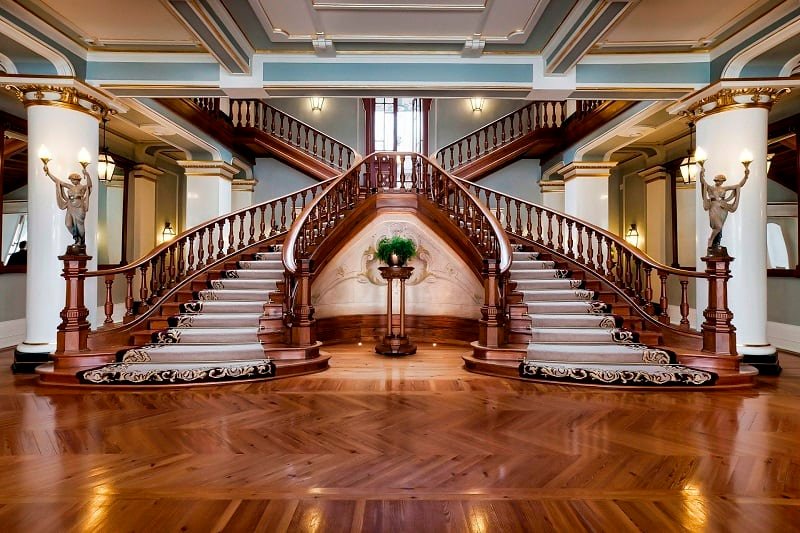
Paço Ducal (Vila Viçosa)
The Ducal Palace of Vila Viçosa, in Alentejo, represents one of the most emblematic monuments in Vila Viçosa. Its construction began in 1501 by order of D. Jaime, fourth Duke of Bragança, but the works that gave it the grandeur and characteristics that we know today continued through the 16th and 17th centuries. The 110 meter long Mannerist façade, entirely covered in local marble, makes this magnificent royal palace a unique example of Portuguese civil architecture. From the permanent residence of the first family of the national nobility, the Ducal Palace became, with the accession of the House of Bragança to the throne of Portugal in 1640, just one of the dwellings spread across the kingdom.

The implementation of the Republic in 1910 led to the closure of the Paço Ducal which, as per the will expressed in the will of D. Manuel II, reopened its doors in the 1940s, after the creation of the Fundação da Casa de Bragança. Throughout the visit to the palace, 17th century frescoes and tiles predominate, coffered and painted ceilings and marble fireplaces that distinguish the various rooms that house important collections of painting, sculpture, furniture, tapestries, ceramics and goldsmithing.
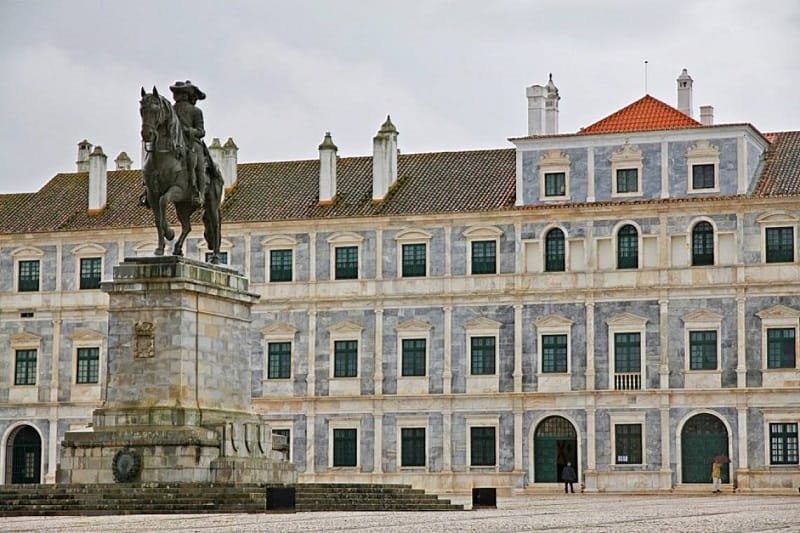
Cadaval Palace (Évora)
O Cadaval Palace It is the birthplace and property of the Dukes of Cadaval family since its foundation in the 14th century until the present day. Built on the ruins of a Moorish castle, subject to interventions over the centuries, it results in a unique combination of Mudéjar, Gothic and Manueline styles. Built in the historic center of Évora, right in front of the Roman Temple, it has a large residential area with several floors, two internal gardens and a church that is the pantheon of all generations of the family of the Dukes of Cadaval.
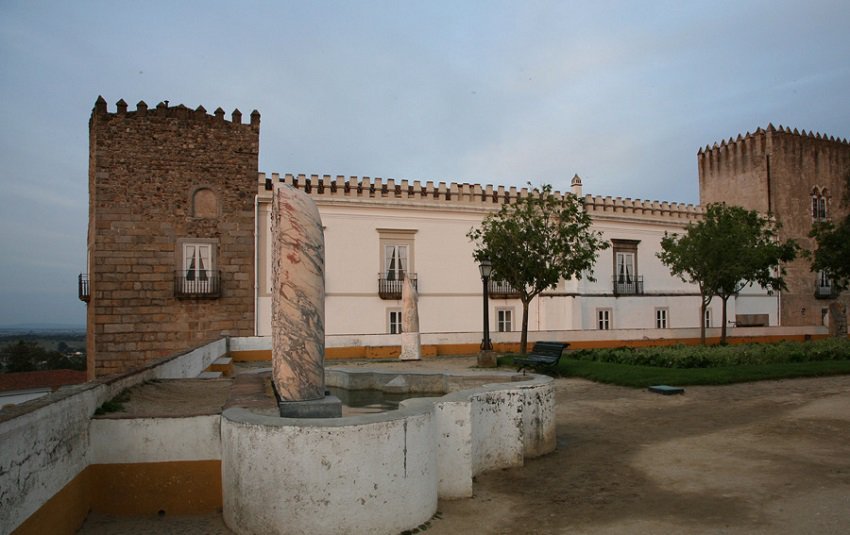
Currently, the Cadaval Palace is the residence of the Duchess of Cadaval and her family, although the church and part of the rooms are open to the public throughout the year, displaying rare pieces: books, charters, armory, painting, sculpture, furniture, porcelain, portraits and accessories travel items, among other objects of value and great historical interest.
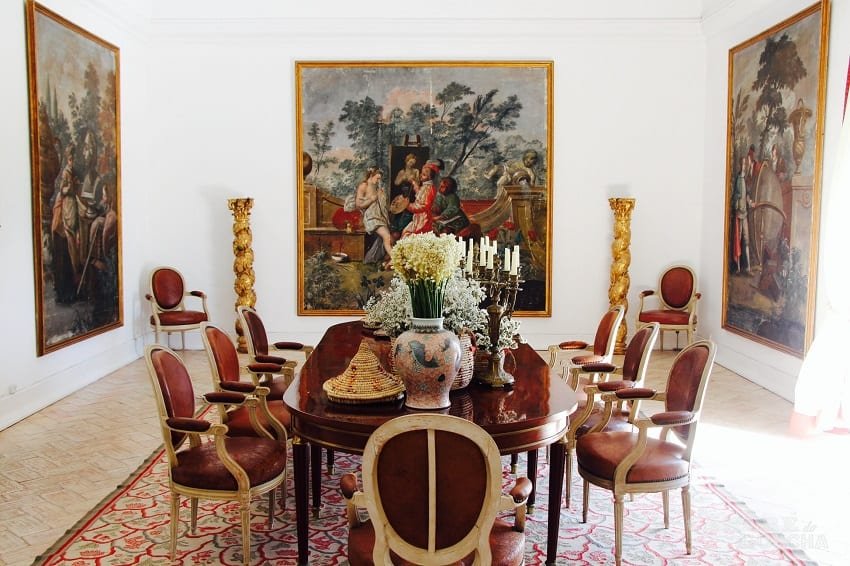
Buçaco Palace (Mealhada)
Designed by set designer Luigi Manini, the Buçaco Palace, located in the center of the country, transporting us to a fairytale world full of fantasy. Considered one of the most beautiful hotels in the world, the Buçaco Palace stands imposingly in the heart of Mata do Buçaco. This building is a recreation of Manueline architecture, inspired by works such as the Belém Tower or the Jerónimos Monastery.

Managed by the third generation of descendants of Alexandre de Almeida, the first major Portuguese hotel industrialist, the “Palace do Bussaco” offers a distinct and refined environment, guided by the comfort of the accommodation, the excellence of the Portuguese cuisine and the sublimated palate of the wines. of Buçaco, world-renowned.
